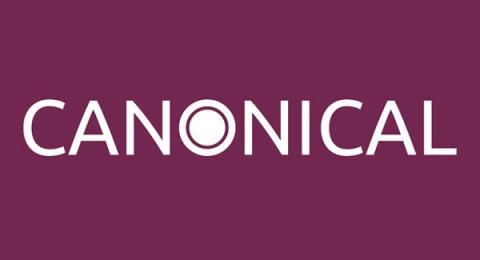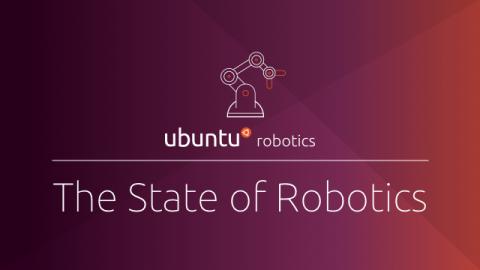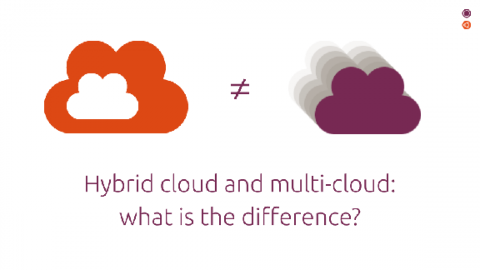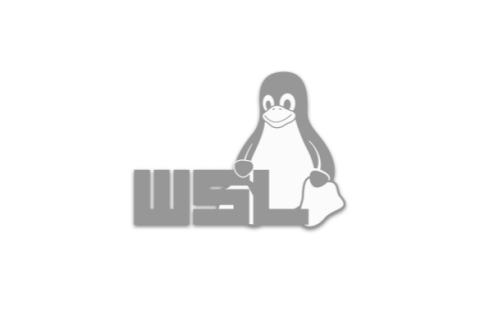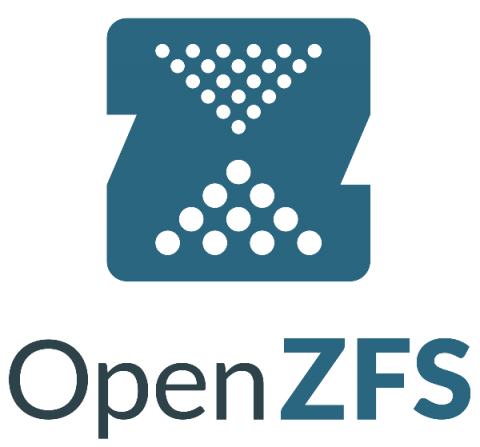People and processes behind "Ubuntu certified" devices
While searching for your next GNU/Linux enabled computer, you may have found that some vendors such as Dell, HP and Lenovo sell a selection of desktops and laptops with Ubuntu pre-installed. In fact, Ubuntu is certified on an ever-growing list of hardware. But what does it mean exactly for such a device to be “Ubuntu certified”, and how does this happen? Let’s find out.


